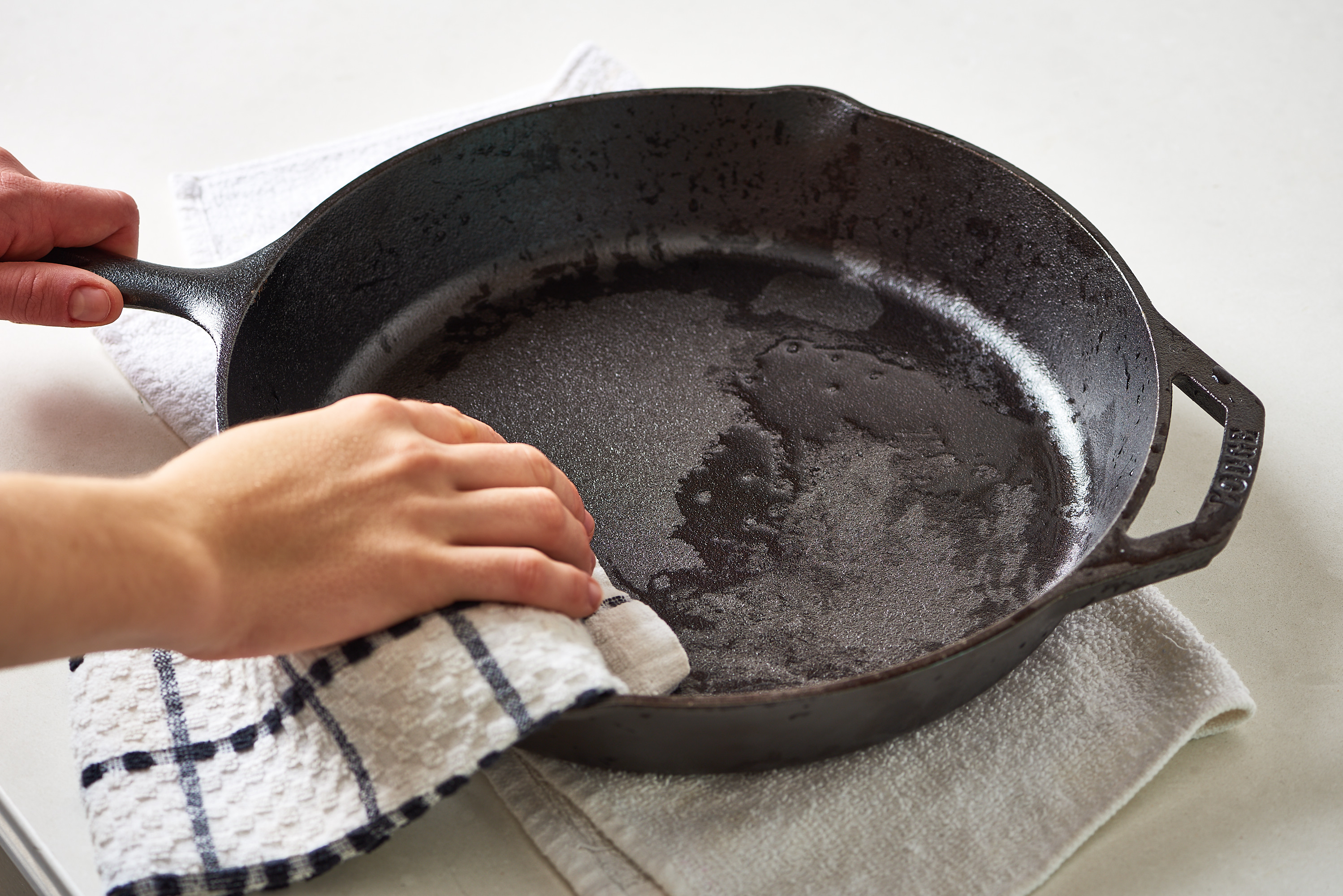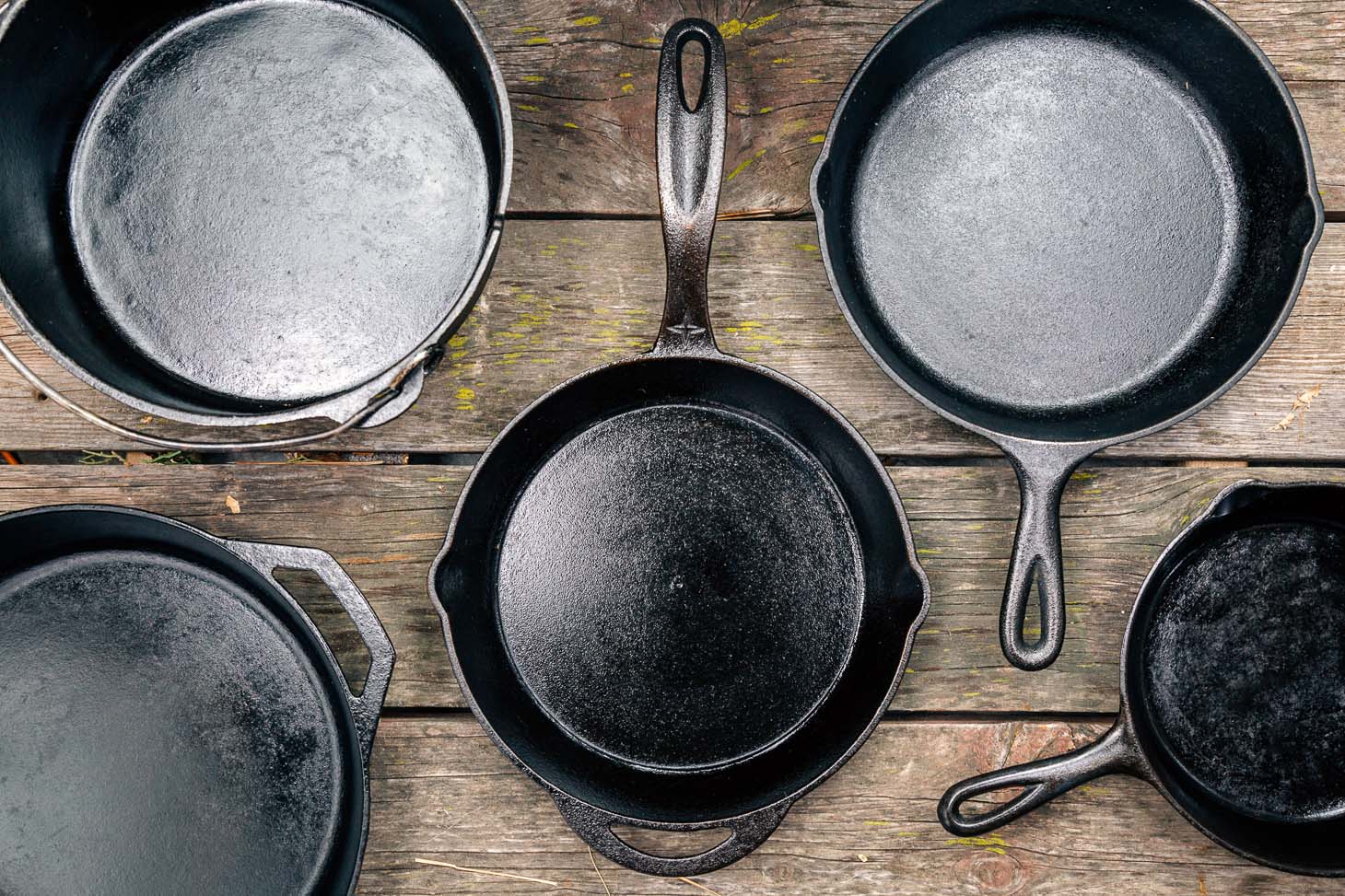When it comes to cooking with cast iron, the question often arises: should cast iron smoke when seasoning? For kitchen professionals and culinary enthusiasts alike, understanding the nuances of cast iron seasoning is crucial to maintaining quality cookware. In this article, well delve into the science behind seasoning, the importance of smoking, and practical tips to ensure your cast iron pans remain in top condition.
Cast iron pans are renowned for their durability and ability to retain heat, making them ideal for a variety of cooking techniques. However, proper seasoning is key to achieving the best performance, and this often involves the application of oil at high temperatures that can indeed produce smoke. So, why is smoking during the seasoning process significant for your cast iron skillet?

Understanding the Seasoning Process
The process of seasoning cast iron involves creating a protective layer of oil that polymerizes when heated, forming a non-stick surface. Smoky oil is part of this process because it indicates that the oil is reaching its smoke point, which activates the polymerization. Various oils have different smoke points, and selecting the right type is essential for achieving optimal results.
As a kitchen professional, you can refer to what is cast iron seasoning to enhance your understanding. The relationship between the oils smoke point and the temperature at which you season will impact the longevity of your skillets surface.
When Should You Expect Smoke?
When using oils like flaxseed or grapeseed oil, expect visible smoke when the pan reaches between 400F to 500F. This is a sign that the oil is doing its job. However, it's vital to manage the heat carefully to avoid burnt oil residue, which can negatively impact the flavor of your food.
For more guidance on how to achieve a consistent seasoning, check out fix splotchy seasoning. Understanding the effects of temperature and the properties of your chosen oil can lead you to a beautifully seasoned cast iron pan.
Factors That Influence Smoking
- Type of Oil: The oil utilized significantly affects the smoke level. High-smoke-point oils are advisable for seasoning, while lower smoke-point oils are best avoided.
- Temperature Control: The seasoning process requires consistent heat. Too high can cause excessive smoking and damage, while too low wont properly polymerize the oil.
- Pan Condition: An older pan might require more seasoning. If your cast iron appears blotchy after seasoning, consider this guide for solutions.
Signs of Proper Seasoning
So what exactly are we looking for when we season our cast iron? While smoking is important, its equally essential to inspect the final results:
- A smooth, glossy surface free of any sticky residue.
- A consistent, dark color indicating even seasoning across the entire surface.
- No unpleasant smells after heating, which would suggest burnt oil.
In the event that things didnt go as planned, learning how to remove old seasoning is key for restoring your skillet to its prime.
Troubleshooting Common Issues
Even seasoned chefs can encounter problems during the seasoning process. Here are some common issues and how to troubleshoot them:
- Flaky or Pitted Surface: This might happen if too many layers of seasoning are applied too quickly. Try sanding the surface lightly and re-seasoning.
- Uneven Smoking: This often indicates hotspots on your burner. Use a cast-iron trivet or reduce the temperature to even it out.
- Awful Smell: This usually means that the oil was overheated or leftover food particles were not cleaned properly. Ensure careful cleaning before seasoning.
Maintaining Your Seasoned Cast Iron
Lastly, maintaining your seasoned cast iron pan is as important as seasoning it. Regularly using your pan with fats can help maintain and expand its non-stick capabilities over time. If you notice deterioration, it may be time for a re-seasoning session.
For additional insights on the correct oven temperature for seasoning, check out what oven temp works best. Keeping a consistent routine and being aware of the care your cast iron demands will undoubtedly prolong its lifespan.

Frequently Asked Questions
1. Does my cast iron need to smoke every time I season it?
While smoke is common during the initial seasoning process, ongoing maintenance might not require high temperatures.
2. What kind of oil should I use for seasoning?
Oils with high smoke points such as canola, grapeseed, or flaxseed oils are preferred.
3. Can I use my cast iron immediately after seasoning?
Its best to let the pan cool completely after seasoning before using it for cooking.
As an Amazon Associate, I earn from qualifying purchases.






Leave a comment
This site is protected by hCaptcha and the hCaptcha Privacy Policy and Terms of Service apply.